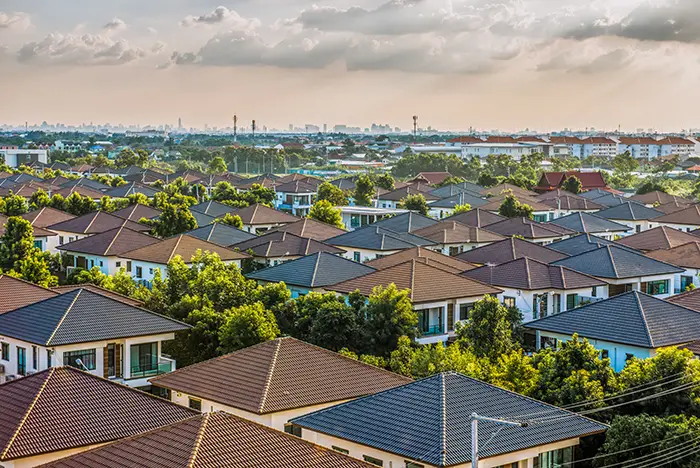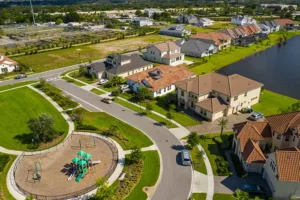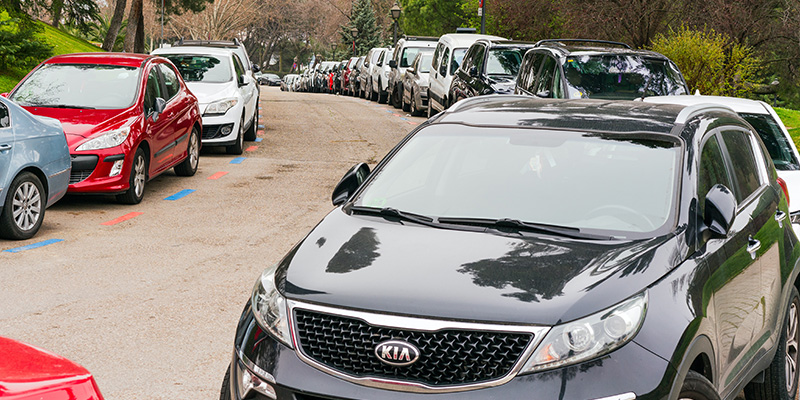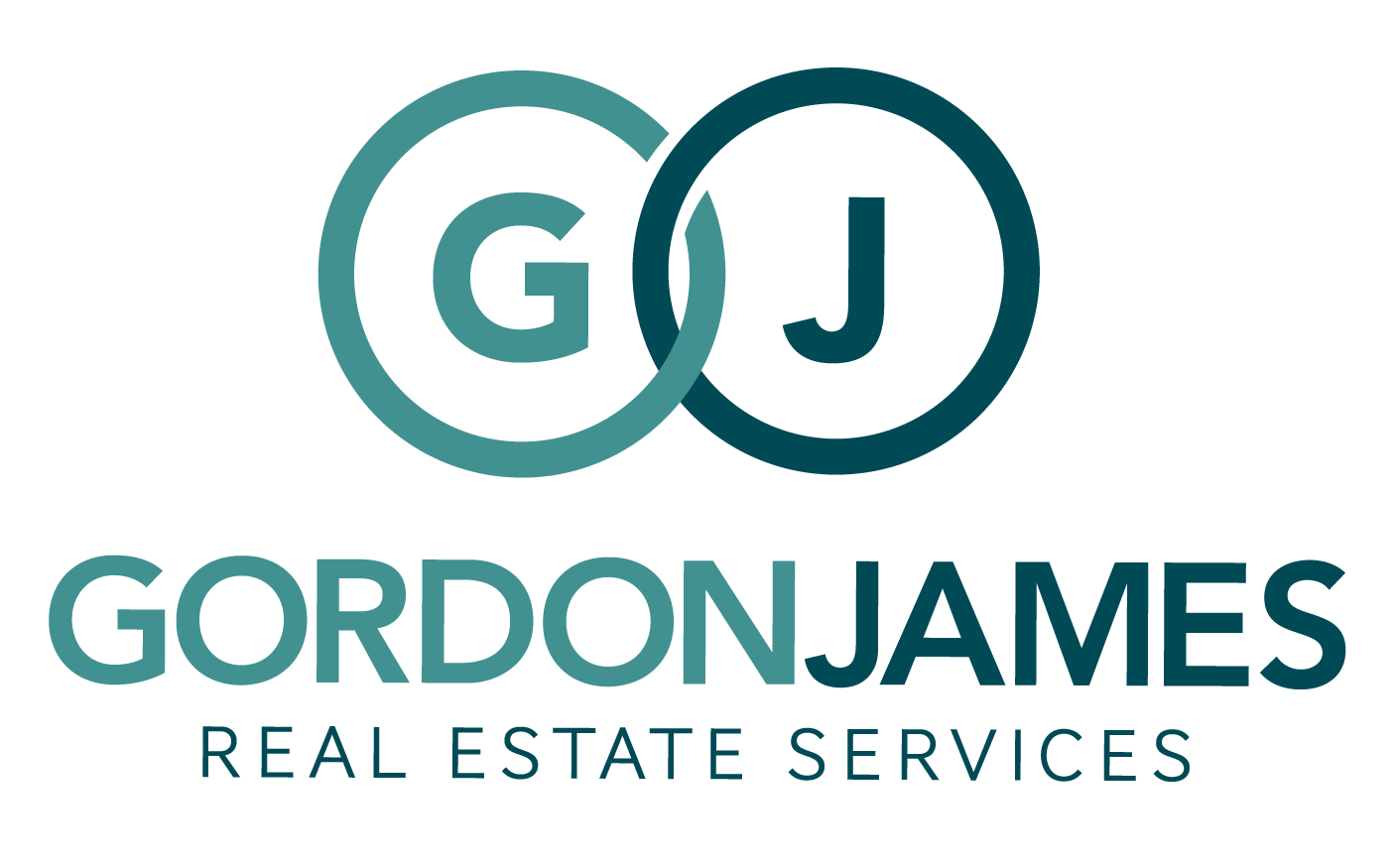HOA Facts And Figures 2025

Homeowners associations continue to shape American neighborhoods in 2025, with updated numbers revealing the sheer scale and growth of these communities. As new HOA facts and data roll in for the year, the numbers tell a compelling story of growth, scale, and influence in residential neighborhoods.
Browse By Category
Sign up for Our Newsletter
Homeowners associations continue to shape American neighborhoods in 2025, with updated numbers revealing the sheer scale and growth of these communities. As new HOA facts and data roll in for the year, the numbers tell a compelling story of growth, scale, and influence in residential neighborhoods.
The Big Picture: HOAs in the United States Today
What’s it like living in an HOA community today? As of 2025, there are approximately 373,000 community associations across the country, representing an increase of about 4,000 from the previous year. This represents a 10.8% growth from 2024, highlighting how HOA-style living remains popular. HOA, condo, and co-op units now account for approximately 33% of all U.S. housing, which accommodates more than 77 million people.
Of all community associations, HOAs are the most common, representing roughly 60% of association types, with condo communities and co-ops making up the rest. This means that when people refer to “HOAs,” they’re generally talking about the broader category that includes both single-family homes and condos.
Where HOAs Are Most Common
HOA facts and numbers will vary greatly by region. For one, California leads the country with about 4.9 million homes located in HOAs, representing 37% of its total housing stock. Florida follows with 3.9 million HOA homes (45% of its total), and Texas comes in third with around 2.1 million HOA homes (20%).
Meanwhile, states with the lowest percentage of HOA homes tend to be in the Midwest and South. Arkansas, for instance, has only 2.2% of its housing in HOAs, while Mississippi and Oklahoma sit at 2.5% and 4.1%, respectively.
Interestingly, the median home value in these states is generally lower than in states with higher HOA prevalence, although exceptions like South Dakota and Nebraska exist. Regardless of geography, these trends highlight how regional development patterns impact HOA growth.
Costs and Fees in 2025
Understanding the cost of HOAs is one of the most frequently asked-about topics. On average, homeowners in HOAs spend around $291 monthly, or approximately $3,500 annually, on HOA fees. In 43 states, monthly fees typically range between $300 and $400.
Some states stand out, though. Missouri tops the list with the highest average monthly HOA fee at $469, followed closely by Arizona at $448. In contrast, Wisconsin averages around $277 per month.
When broken down by gender, men reportedly spend more on HOA fees. Men usually spend about $317 per month, compared to $245 for women. Despite rising costs, many residents still feel they receive good value. About 63% of homeowners believe the fees are reasonably priced for what they get in return.
Why the Increase in HOA Fees?
One of the biggest reasons for rising HOA costs is inflation. A reported 91% of community associations stated that they experienced unexpected increases in expenses over the past year, with most citing higher management and insurance costs as the primary factors.
To keep up, 71% of HOA boards plan to increase their fees in 2025. Of these, the majority (about 71%) will raise fees by up to 10%, while roughly 19% plan increases in the 11–25% range. Despite these hikes, many boards are aiming to preserve community services rather than cut amenities or defer maintenance.
The Role HOAs Play in the Economy

Beyond the walls of their communities, HOAs are a significant force in the U.S. economy. In 2020, community associations collectively contributed over $306 billion to the economy. This included real estate taxes, housing services, home improvements, and countless hours of volunteer time.
HOA board and committee members provide nearly 97.6 million volunteer hours annually, valued at about $2.9 billion, based on an average hourly volunteer rate of $28.54. That’s a substantial investment in community life that often goes unseen but is deeply felt by residents.
Assessments collected from homeowners totalled $103.3 billion, a figure used to maintain shared spaces, provide security, cover insurance, and fund reserve accounts for future repairs and upgrades. Approximately $25.8 billion of this amount was allocated directly to reserve funds to ensure long-term sustainability.
Growth in Housing and HOAs
In addition to an increase in the number of HOAs, there is also more inventory hitting the market. In 2025, housing turnover and new construction are driving an estimated 11.7% increase in inventory within HOAs and condo associations.
Interest in new homes remains high, particularly those within HOAs. Between 2009 and 2023, the percentage of new homes built within HOA communities increased from 49% to 65%, according to U.S. Census data. In some markets, such as Florida and Texas, master-planned communities (MPCs) with homeowners’ association (HOA) oversight dominate new development.
Florida alone accounted for 38% of all master-planned community home sales last year, with Texas following at 35%. These states continue to be key growth engines for the HOA housing model.
Who’s Living in HOAs?
The demographic makeup of HOA residents is also changing. As of 2025, 47% of Generation Z homeowners are members of a homeowners’ association (HOA), indicating that younger buyers are increasingly embracing shared community living. Meanwhile, Baby Boomers remain the most enthusiastic supporters of HOAs overall.
Residents earning six-figure salaries are also more likely to live in HOAs, with about 45% of this income group residing in these communities. In contrast, only about 27% of individuals earning less than $50,000 are members of HOAs.
Services and Lifestyle Benefits
A big part of the HOA’s appeal stems from the services it provides. Landscaping is the most common amenity, with about 64% of associations including it in their dues. Security services are also popular (44%), along with personal landscaping (34%), sports and leisure amenities (31%), and concierge services (10%).
These shared services help residents maintain property values and contribute to a more organised community environment.
How Homeowners Feel About Their HOAs
HOA facts wouldn’t be complete without looking at how residents feel. Recent research shows that 86% of HOA residents rate their experience as either good or very good. Moreover, 63% believe that being in an HOA has added value to their homes, figures that speak to overall satisfaction.
Board members, in particular, report strong levels of approval. Approximately 75% of individuals currently or previously serving on an HOA board believe the fees are worth paying. Even among residents who’ve never been on a board, 59% agree the dues are justified.
Meeting participation varies by generation. While Baby Boomers are more likely to attend HOA meetings regularly, Millennials and Gen Xers tend to show less interest in them. The most common reasons for attending include voting on key decisions, staying informed, and having a platform to voice concerns.
The Shape of Things to Come

Looking forward, the pace of HOA expansion is expected to moderate slightly compared to the previous decade.
From 2015 to 2020, 355,000 new associations were formed, but only 14,000 were added in the last five years. Still, projections show consistent annual growth between 3,000 and 4,000 new communities per year.
This trend, based on current HOA facts and figures, suggests that while the explosive boom years may be behind us, HOAs are here to stay. They will continue to adapt with the times, offering structure, amenities, and a strong sense of community for millions of Americans.
More Than a Neighborhood
The 2025 snapshot of HOA facts shows an evolving and increasingly central part of the American housing landscape. Given these, it shows how HOAs continue to offer a structured lifestyle that appeals to a wide range of homeowners.
Looking to improve operations in your HOA community? Let professional HOA managers help you out! Check out our online directory today for your area’s best HOA management companies!
RELATED ARTICLES:
- Managing HOA Reserve Funds: Best Practices For Board Members
- How are due dates for HOA fees determined?
- HOA Meeting Minutes Mistakes: Bad Practices To Avoid
Trending Now
Related Article
Sign up for Our Monthly Newsletter
Sign up below for monthly updates on all HOA Resource















